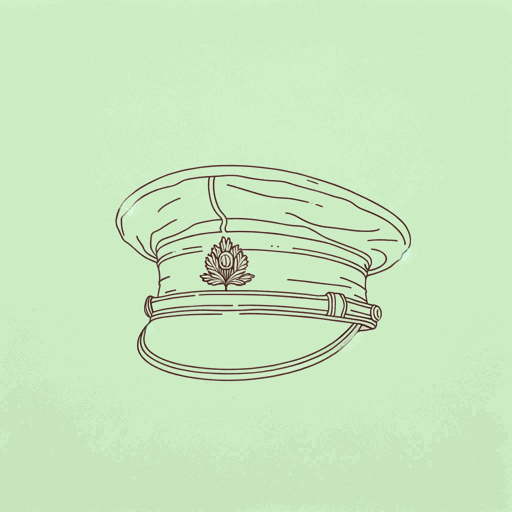85 pages • 2 hours read
Robert GravesGoodbye to All That
Nonfiction | Autobiography / Memoir | YA | Published in 1929A modern alternative to SparkNotes and CliffsNotes, SuperSummary offers high-quality Study Guides with detailed chapter summaries and analysis of major themes, characters, and more. For select classroom titles, we also provide Teaching Guides with discussion and quiz questions to prompt student engagement.
After Reading
Discussion/Analysis Prompt
In Goodbye to All That, Graves reprints a letter that first appeared in The Morning Post, which was supposedly written by a mother who takes utter pride in raising sons who will fight—and possibly die—for the war effort. The mother does not reveal her true identity; she signs the letter only as “The Little Mother.”
How does Graves use the figure of “The Little Mother” to make a point about disillusionment and the military’s absurdity?
Teaching Suggestion: Graves understands “The Little Mother” letter to be a piece of propaganda, one that receives wide praise from British society at large and serves as an indictment against so-called pacifists and a rallying cry for the war effort. For Graves, however, “The Little Mother” figure represents a kind of jingoistic patriotism, one that Graves develops a great distaste for when confronted by the realities of war from first-hand combat. Graves doesn’t reprint the letter in his memoir to endorse “The Little Mother”; instead, he uses it as an artifact that represents the “war madness” that he and other veterans face when returning home from war.
Related Titles
By Robert Graves



